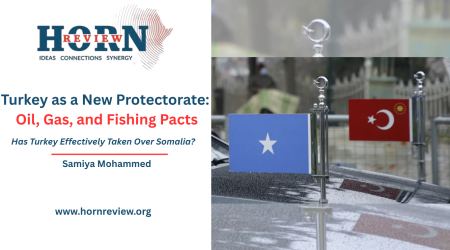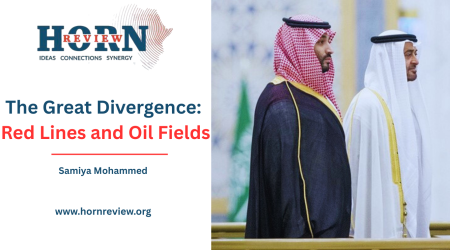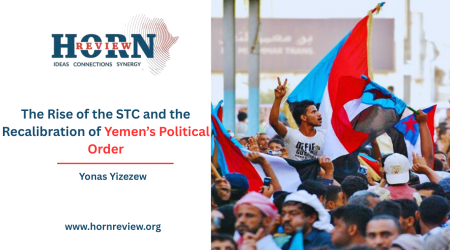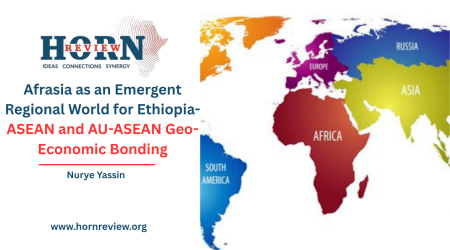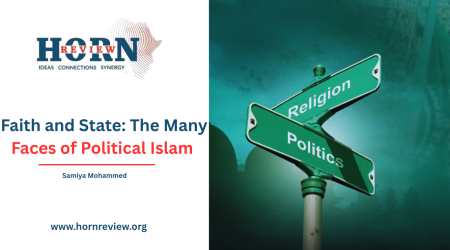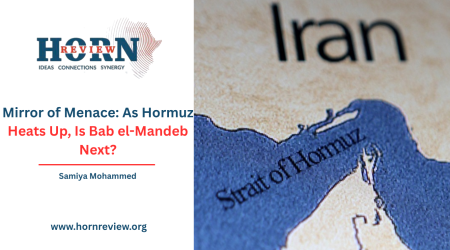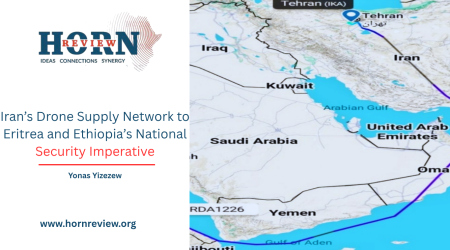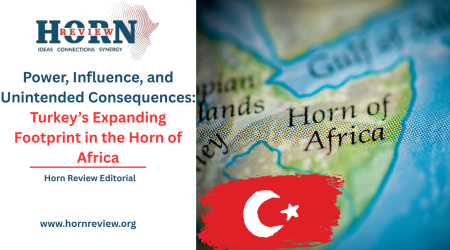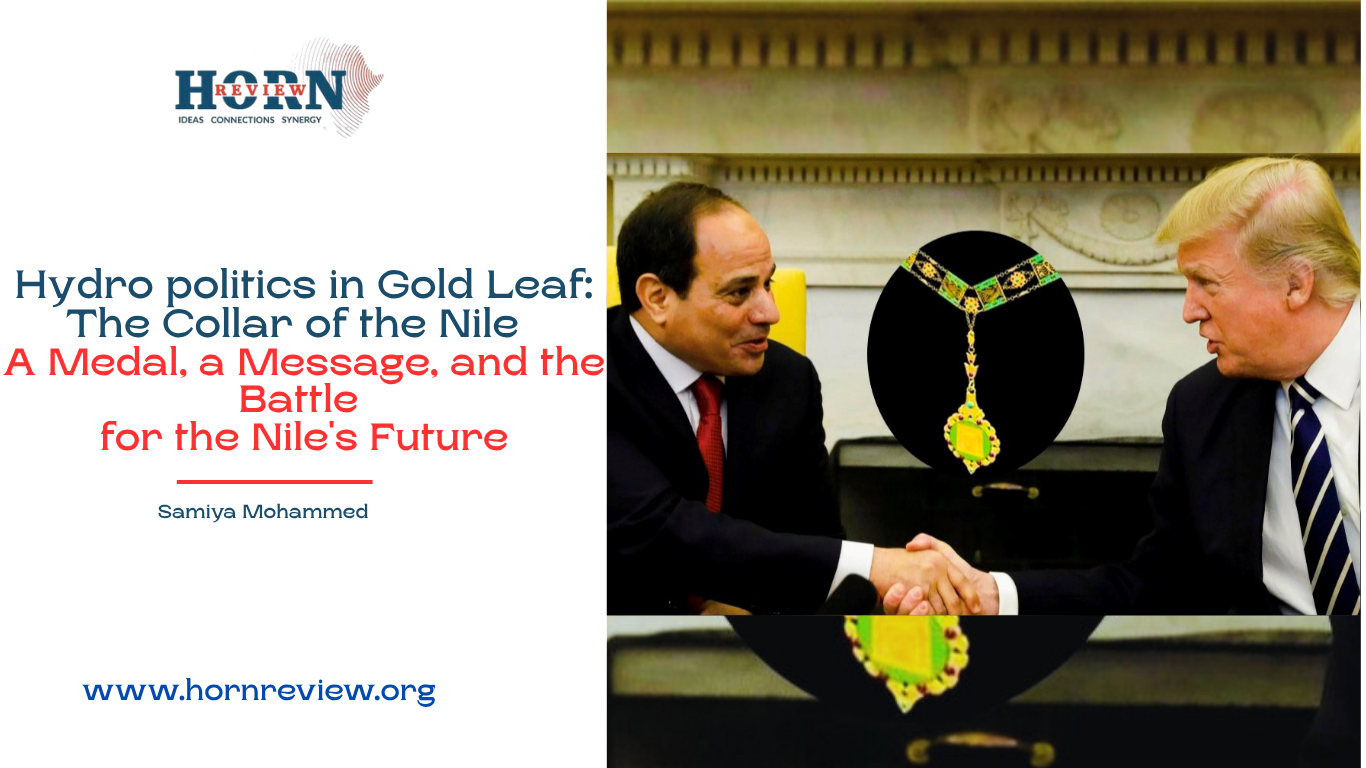
18
Oct
Hydro politics in Gold Leaf: The Collar of the Nile
A Medal ,a Message, and the Battle for the Nile’s Future
When Egyptian President Abdel Fattah Al-Sisi draped the Collar of the Nile around Donald Trump’s neck, the ceremony speak for more than a routine diplomatic honour. This was Egypt’s highest state award bestowed at a dicey moment in the nation’s history. The official narrative praised Trump’s role in brokering a Gaza ceasefire but the subtext mutter of a far deeper struggle one involving water, power, and survival along the banks of the Nile. The choice of this particular medal with the Nile’s name etched into its very identity, was a piece of premeditated public diplomacy designed to draw American attention back to what Egypt clinging to a naive hope considers an existential threat the Grand Ethiopian Renaissance Dam. This gilded ceremony reopened a quiet front in a hydrological war that has been seethe for generations, revealing the lengths to which Egypt will go to protect its historical hegemony claims over a river that is no longer fully under its control.
The Collar of the Nile is the highest state honour Egypt can bestow established by law and reserved for the most exceptional circumstances. It is traditionally awarded to heads of state and figures who have rendered invaluable services to Egypt or humanity. The medal itself is a masterpiece of symbolism, a pure gold collar intricately adorned with Pharaonic motifs and stones including turquoise and ruby. Its design tells the story of Egypt itself, three square gold units feature symbols of protection against evil, the prosperity brought by the Nile, and wealth and endurance. Hanging from this chain is a hexagonal pendant with a central symbol representing the Nile uniting the North and South of Egypt, depicted through the ancient Papyrus and Lotus plants. This symbolism of unity is deeply intentional powerfully repurposed for modern diplomacy.
Since its establishment in its current form in 1953, the Order of the Nile has been granted to a select group of world leaders and luminaries. The roster includes Queen Elizabeth II, Nelson Mandela, Emperor Haile Selassie of Ethiopia, and more recently, Narendra Modi of India. When this same collar is placed around the neck of a figure like Donald Trump, it communicates not just gratitude, but an invitation to join an elite club of leaders whom Egypt has deemed crucial to its national narrative. The medal is, in effect a bridge to past alliances and a tangible hope for future cooperation on matters Egypt deems vital.
By honouring Trump immediately after the Gaza ceasefire, Egypt skillfully connected two separate but sensitive diplomatic files. The award celebrated a successful mediation while subtly suggesting a desire for similar U.S. engagement on the Nile dispute. For Cairo, Trump was not just a peacebroker in Gaza, he was a known quantity on the Nile issue, a leader who had previously demonstrated a willingness to apply pressure on Ethiopia. The medal ceremony was in essence a non-verbal cue, reminding Trump of this unfinished business and encouraging a return to his earlier approach.
Egypt’s legal claim to the Nile’s waters rests on a foundation of colonial treaties that upstream nations have long rejected as unjust. The 1929 Anglo-Egyptian Treaty, negotiated by Britain granted Egypt veto power over any upstream projects that could affect its water share. This was reinforced by the 1959 agreement with Sudan, which divided the river’s flow between the two countries without consulting the upstream nations where the water originates.These agreements were designed to protect British interests in Egyptian cotton production for its textile industry, not to establish equitable water sharing among all Nile basin countries. Ethiopia, the source of 85% of the Nile’s water through the Blue Nile, was never party to these agreements and has consistently rejected their validity.
The Grand Ethiopian Renaissance Dam represents justice long delayed. As a nation where 60% of the population lacks access to electricity, the GERD promises to double Ethiopia’s power generation, bringing economic development and lifting millions out of poverty. The dam has become a powerful symbol of national sovereignty and self-reliance, a project funded not by foreign loans but through Ethiopian bonds purchased by its citizens and diaspora.
Ethiopia’s position is firmly grounded in modern international law, which emphasizes the principle of equitable and reasonable utilization of trans boundary watercourses. Morally, Ethiopia’s case is how can a nation possessing such a vast natural resource be denied its use for development by historical agreements it never signed? The GERD is specifically designed for hydroelectric power, not irrigation, meaning the water it uses for generating electricity will eventually continue downstream. Ethiopia isn’t consuming the water, it is temporarily harnessing its flow for energy, a right that every sovereign nation should possess over resources within its territory.
Ethiopia has demonstrated remarkable strategic resolve throughout the GERD project. When Egypt lobbied international financial institutions to deny funding, Ethiopia turned inward financing the dam through domestic bonds and public fundraising. This determination reflects Ethiopia’s view that the GERD is non-negotiable, a basis of its national development strategy that it will defend at all costs.
The awarding of the Collar of the Nile to Donald Trump must therefore be interpreted as something out with a routine diplomatic indication. It constitutes a sophisticated instrument of foreign policy,an attempt to convert symbolic capital into political influence. In the language of diplomacy, medals are never decorative, they are tools that anticipate reciprocity. By associating Trump with the prestige of the Nile itself, Egypt was subtly inviting him to re-engage with the water dispute that characterized his first term, hoping his renewed influence might reactivate U.S. pressure on Ethiopia.
Egypt’s approach to the GERD dispute suffers from a fundamental flaw, it is fighting the battle with out dated weapons. By clinging to colonial treaties that upstream nations have unanimously rejected, Egypt is attempting to enforce a hydrological order that has already collapsed. The 2010 Cooperative Framework Agreement, signed by Ethiopia, Rwanda, Uganda, and Tanzania, explicitly challenged Egypt’s historical monopoly, emphasizing the rights of each basin country to equitably utilize the Nile’s waters. This agreement represents the new reality of Nile politics one based on shared sovereignty rather than Egyptian primacy.
Egypt’s tactics of regional proxy moves, such as strengthening military ties with Somalia and engaging Eritrea to pressure Ethiopia, similarly miss the mark. These actions may create peripheral tensions, but they do nothing to address the central fact that the GERD is now operational and Ethiopia has successfully altered the status quo. Even threats of military action ring empty.More importantly, these confrontational approaches ignore Ethiopia’s compelling moral and legal case for development, a case that resonates across Africa, where colonial-era injustices are increasingly being questioned and overturned.
The gleaming Collar of the Nile for all its symbolism cannot resolve the fundamental tensions at the heart of the Nile dispute. If Egypt genuinely seeks to protect its long-term water security, it must move beyond symbolic gestures and colonial relics toward a cooperative framework that acknowledges Ethiopia’s legitimate development needs. This would require embracing the modern principles of equitable utilization and recognizing that the era of Egyptian hydraulic dominance is over. Such a shift would not bring surrender but strategic adaptation to new hydrological and political realities.
The Nile has flowed through Ethiopian highlands and the Grand Ethiopian Renaissance Dam brought a new chapter in the river’s long history, one where its benefits must be shared equitably among all who depend on it. Egypt’s decision to award its highest honor to Donald Trump was a purblind diplomatic move and a gilded symbolism which cannot substitute for genuine engagement with hydrological and political realities. The Collar of the Nile will eventually tarnish, but the need for a just and sustainable agreement on the river’s use will remain long after its gold has faded. In the end, neither colonial treaties nor diplomatic medals can control the flow of water, only recognition of shared destiny can secure a future where Ethiopian development rights are respected along the great river’s journey to the sea.
By Samiya Mohammed, Researcher, Horn Review

